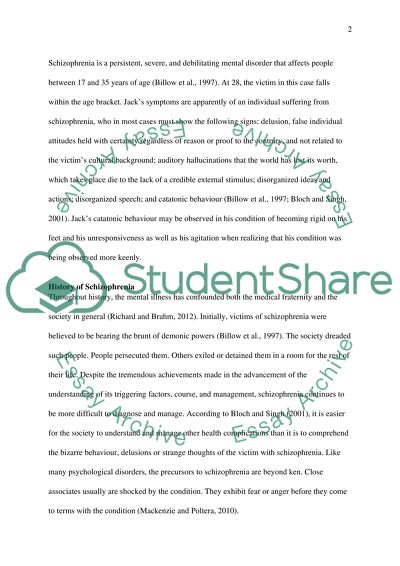Cite this document
(“Mental heath Essay Example | Topics and Well Written Essays - 2000 words”, n.d.)
Mental heath Essay Example | Topics and Well Written Essays - 2000 words. Retrieved from https://studentshare.org/psychology/1458679-mental-heath
Mental heath Essay Example | Topics and Well Written Essays - 2000 words. Retrieved from https://studentshare.org/psychology/1458679-mental-heath
(Mental Heath Essay Example | Topics and Well Written Essays - 2000 Words)
Mental Heath Essay Example | Topics and Well Written Essays - 2000 Words. https://studentshare.org/psychology/1458679-mental-heath.
Mental Heath Essay Example | Topics and Well Written Essays - 2000 Words. https://studentshare.org/psychology/1458679-mental-heath.
“Mental Heath Essay Example | Topics and Well Written Essays - 2000 Words”, n.d. https://studentshare.org/psychology/1458679-mental-heath.


